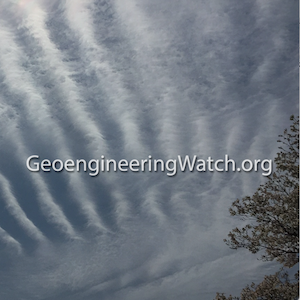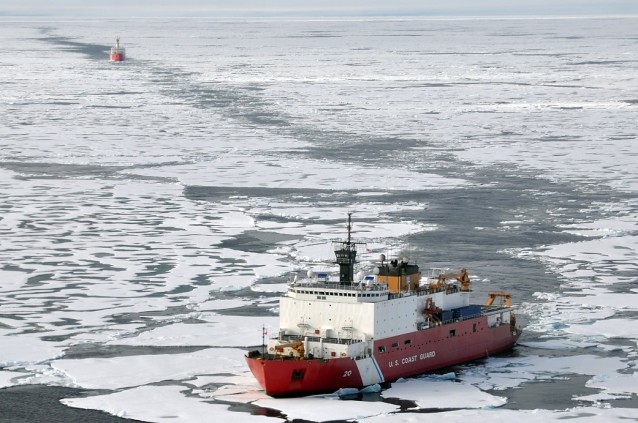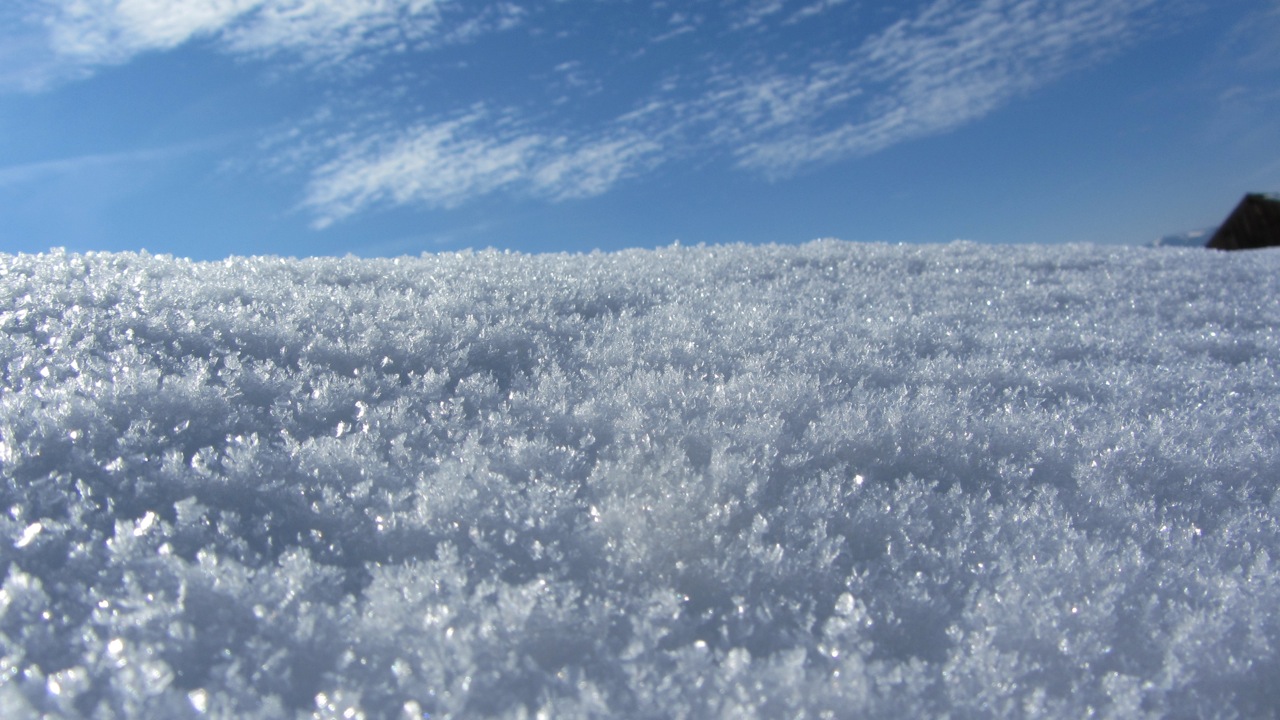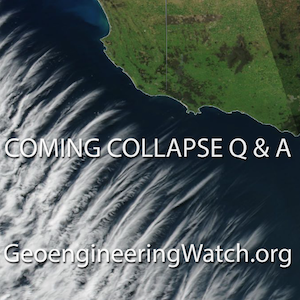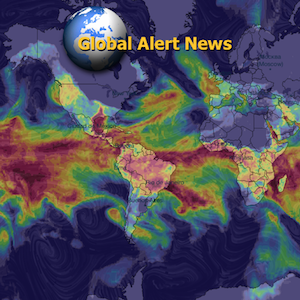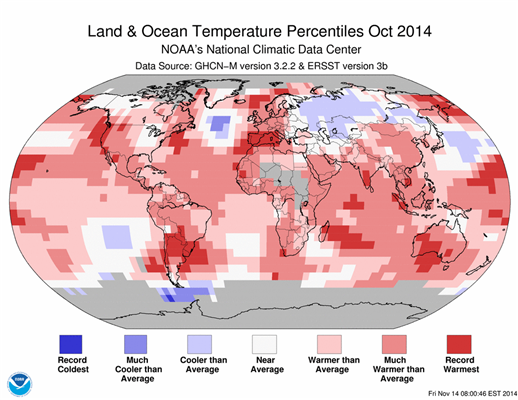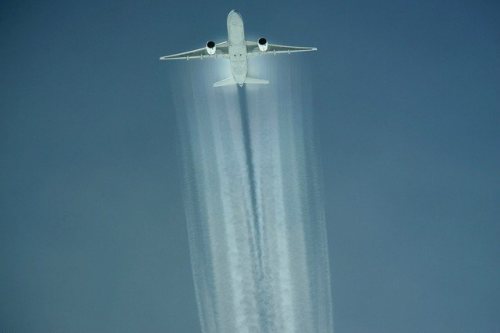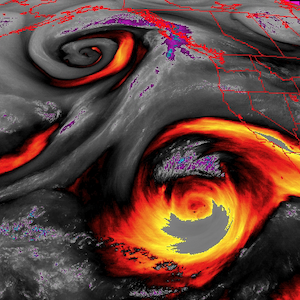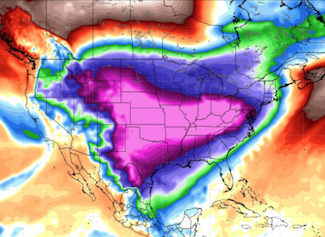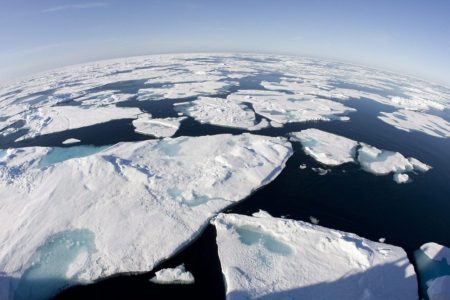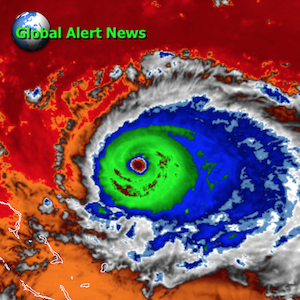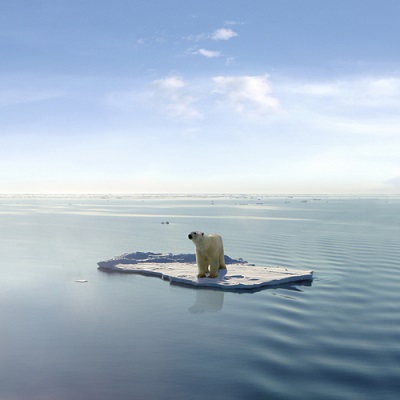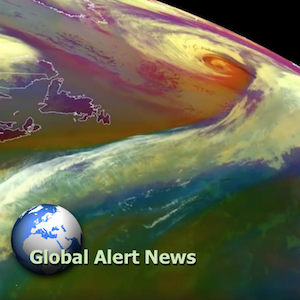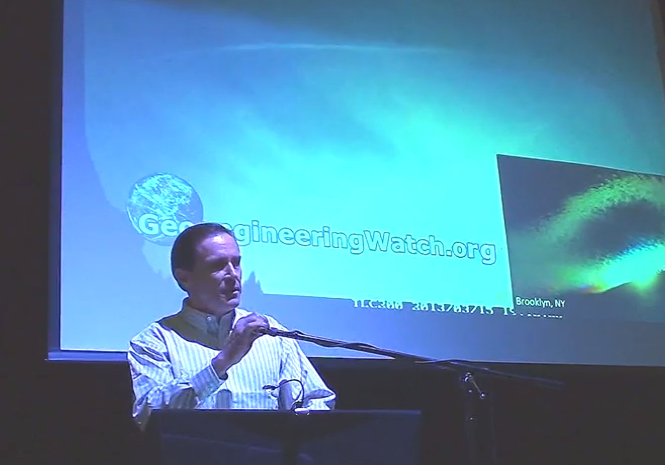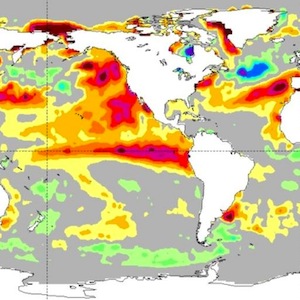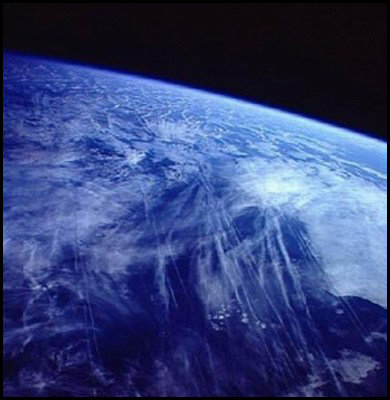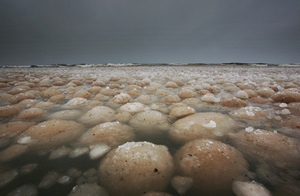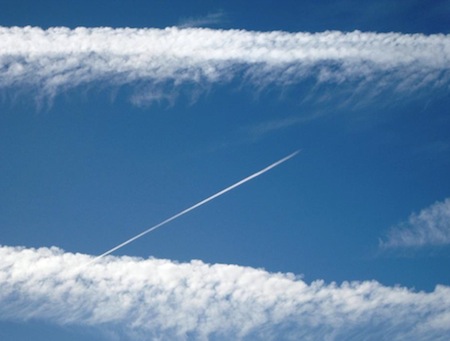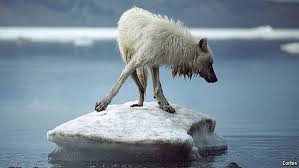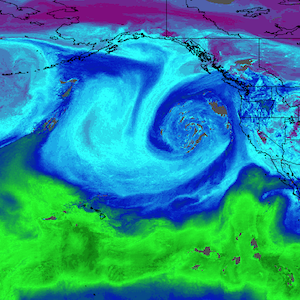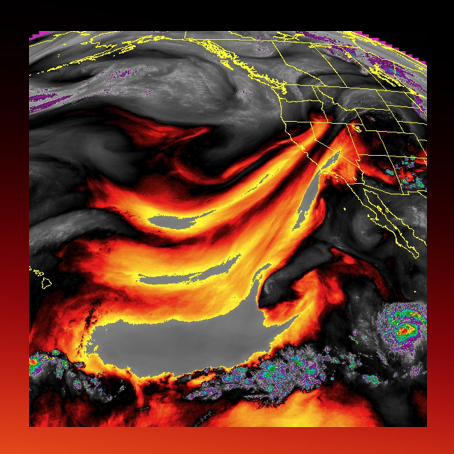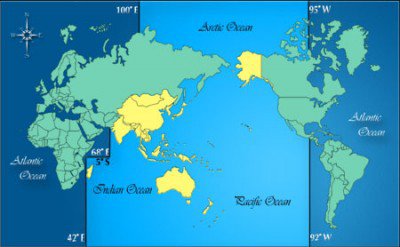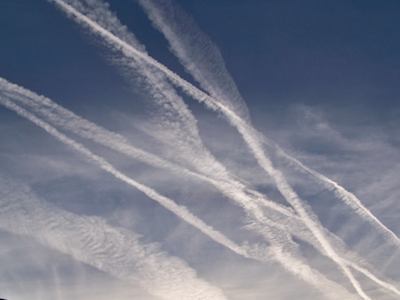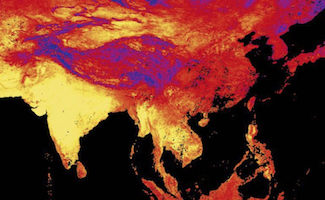Source: Washington Post, written by Chris Mooney
Two weeks ago, we noted here that the Arctic was on the verge of a scary new record — an unprecedented “lowest winter maximum” for sea ice extent. What that would mean is that during the season of the year when there is the most ice covering the seas of the Arctic, the peak extent of that ice was nonetheless smaller than in any year – at least since satellite measurements began in the late 1970s.
And now, the Boulder-based National Snow and Ice Data Center (NSIDC), which tracks sea ice, has indeed announced that the peak winter Arctic sea ice extent “likely” occurred Feb. 25, and that this maximum “not only occurred early; it is also the lowest in the satellite record.” However, the agency does include several caveats. That includes not only the word “likely,” but also the observation that “a late season surge in ice growth is still possible.”
The loss of sea ice around the Arctic has a vast number of consequences. They range from climatic — exposing more dark ocean water, which absorbs more solar radiation than ice does, leading to further warming — to social and cultural: Undermining the subsistence hunting techniques that Alaskan native villages have pursued atop the ice for generations.
[The remote Alaskan village that needs to be relocated due to climate change]
On Feb. 25, Arctic sea ice extent stood at 5.61 million square miles across the Arctic, and featured “below-average ice conditions everywhere except in the Labrador Sea and Davis Strait.” This total extent is 50,200 square miles less than the prior lowest winter maximum, which occurred in 2011.
At this point, while ice could certainly regrow a little, “it now appears unlikely that there could be sufficient growth to surpass the extent reached Feb. 25,” NSIDC says. With each passing day, after all, we move further toward full spring.
Here’s a graphic, showing how 2015′s winter sea ice compares to some previous years:

(National Snow and Ice Data Center)
In general, new records for low Arctic sea ice maxima draw less attention than records for low sea ice minima, which usually occur in September (the current record low was in 2012). That’s because September is the time of year when there is the least total sea ice at the top of the world, and as that amount ticks lower and lower, it becomes harder for the ice to regrow.
But declining maxima are also important — indeed, a trend of declining maxima and minima, combined, underscore the dramatic overall change in the Arctic system.
“This new data on sea ice loss sends a clear message to the global community that the Arctic is unraveling, warming twice as fast as the rest of the planet,” said Rafe Pomerance, a former deputy assistant secretary of state who chairs a group called Arctic 21, a collection of Arctic-focused groups.
The record comes just as the United States is about to take over chairmanship of the Arctic Council, a group of eight nations with Arctic territory dedicated, according to the State Department, to “environmental protection and sustainable development issues in the Arctic region.”
Source: Washington Post, written by Chris Mooney














